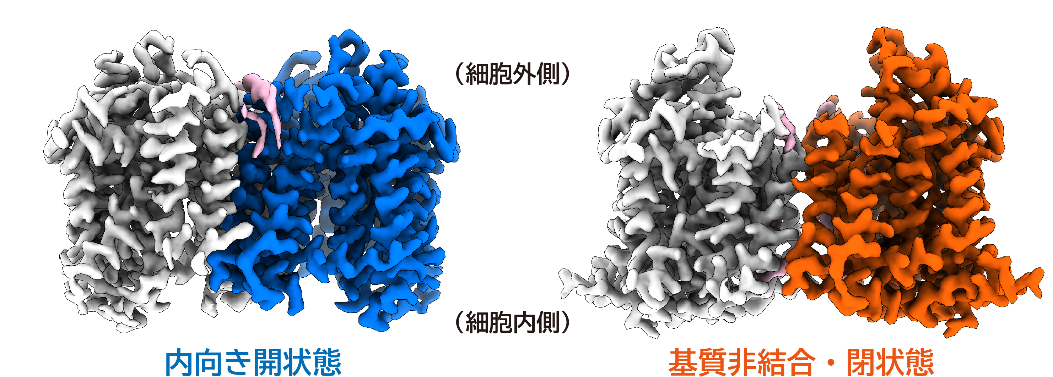2024-07-03 カリフォルニア大学バークレー校(UCB)
<関連情報>
- https://publichealth.berkeley.edu/news-media/research-highlights/first-study-to-measure-toxic-metals-in-tampons-shows-arsenic-and-lead
- https://www.sciencedirect.com/science/article/pii/S0160412024004355
金属(ロイド)への暴露源としてのタンポン Tampons as a source of exposure to metal(loid)s
Jenni A. Shearston, Kristen Upson, Milo Gordon, Vivian Do, Olgica Balac, Khue Nguyen, Beizhan Yan, Marianthi-Anna Kioumourtzoglou, Kathrin Schilling
Environment International Available online: 22 June 2024
DOI:https://doi.org/10.1016/j.envint.2024.108849
Graphical abstract

Highlights
- 16 metal(loid)s were evaluated in different kinds of tampons.
- Several toxic metals, including lead, were detected.
- Tampon use is a potential source of exposure to metals in menstruating people.
- The highest concentration was found for zinc (geometric mean = 52,000 ng/g)
- A geometric mean lead concentration of 120 ng/g was found in our samples.
Abstract
Background
Between 52–86% of people who menstruate in the United States use tampons—cotton and/or rayon/viscose ‘plugs’—to absorb menstrual blood in the vagina. Tampons may contain metals from agricultural or manufacturing processes, which could be absorbed by the vagina’s highly absorptive tissue, resulting in systemic exposure. To our knowledge, no previous studies have measured metals in tampons.
Objectives
We evaluated the concentrations of 16 metal(loid)s in 30 tampons from 14 tampon brands and 18 product lines and compared the concentrations by tampon characteristics.
Methods
About 0.2 – 0.3 g from each tampon (n = 60 samples) were microwave-acid digested and analyzed by inductively coupled plasma mass spectrometry (ICP-MS) to determine concentrations of arsenic, barium, calcium, cadmium, cobalt, chromium, copper, iron, manganese, mercury, nickel, lead, selenium, strontium, vanadium, and zinc. We compared concentrations by several tampon characteristics (region of purchase, organic material, brand type) using median quantile mixed models.
Results
We found measurable concentrations of all 16 metals assessed. We detected concentrations of several toxic metals, including elevated mean concentrations of lead (geometric mean [GM] = 120 ng/g), cadmium (GM = 6.74 ng/g), and arsenic (GM = 2.56 ng/g). Metal concentrations differed by region of tampon purchase (US versus European Union/United Kingdom), by organic versus non-organic material, and for store- versus name-brand tampons. Most metals differed by organic status; lead concentrations were higher in non-organic tampons while arsenic was higher in organic tampons. No categoriy had consistently lower concentrations of all or most metals.
Discussion
Tampon use is a potential source of metal exposure. We detected all 16 metals in at least one sampled tampon, including some toxic metals like lead that has no “safe” exposure level. Future research is needed to replicate our findings and determine whether metals can leach out of tampons and cross the vaginal epithelium into systemic circulation.


